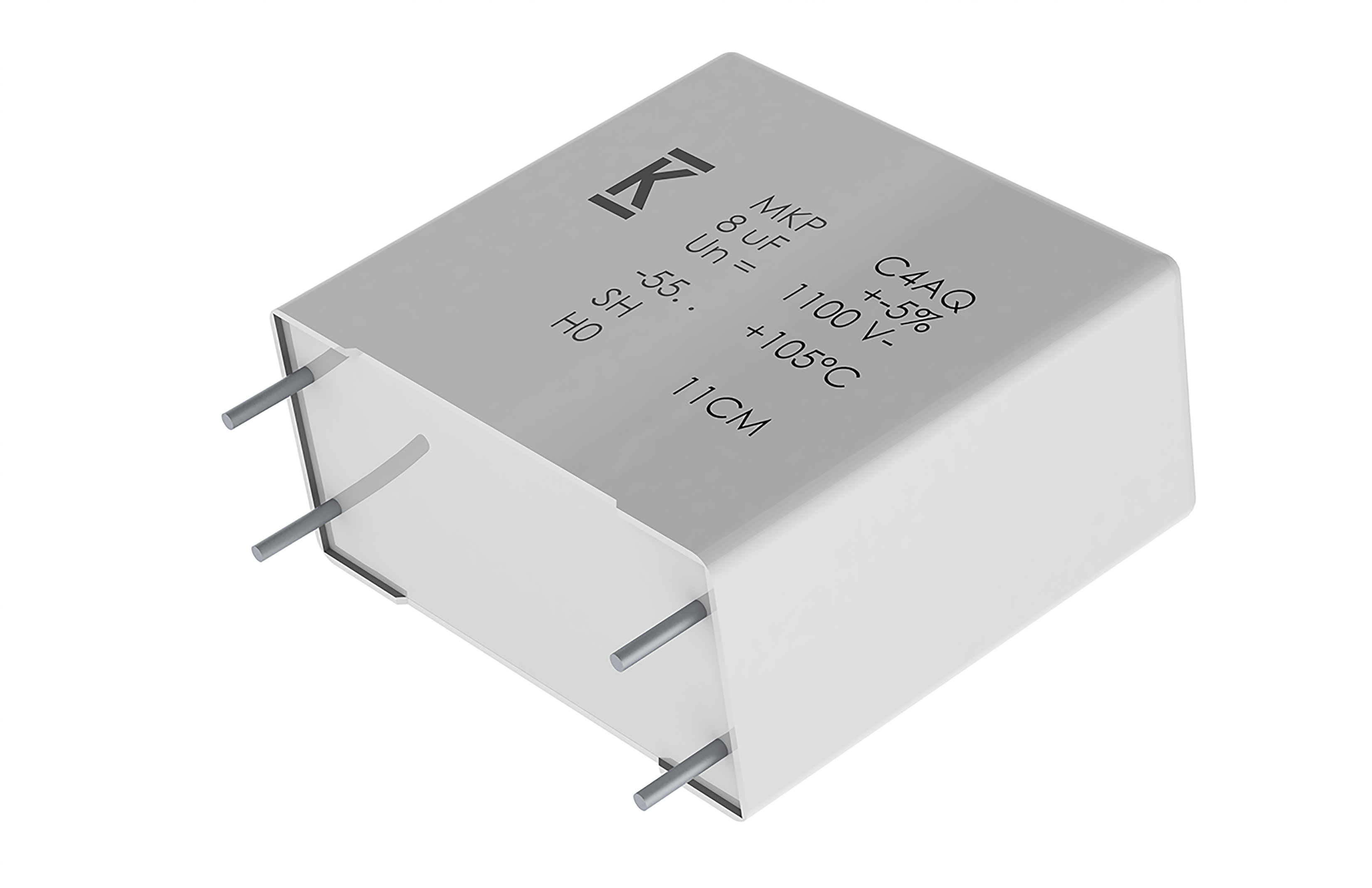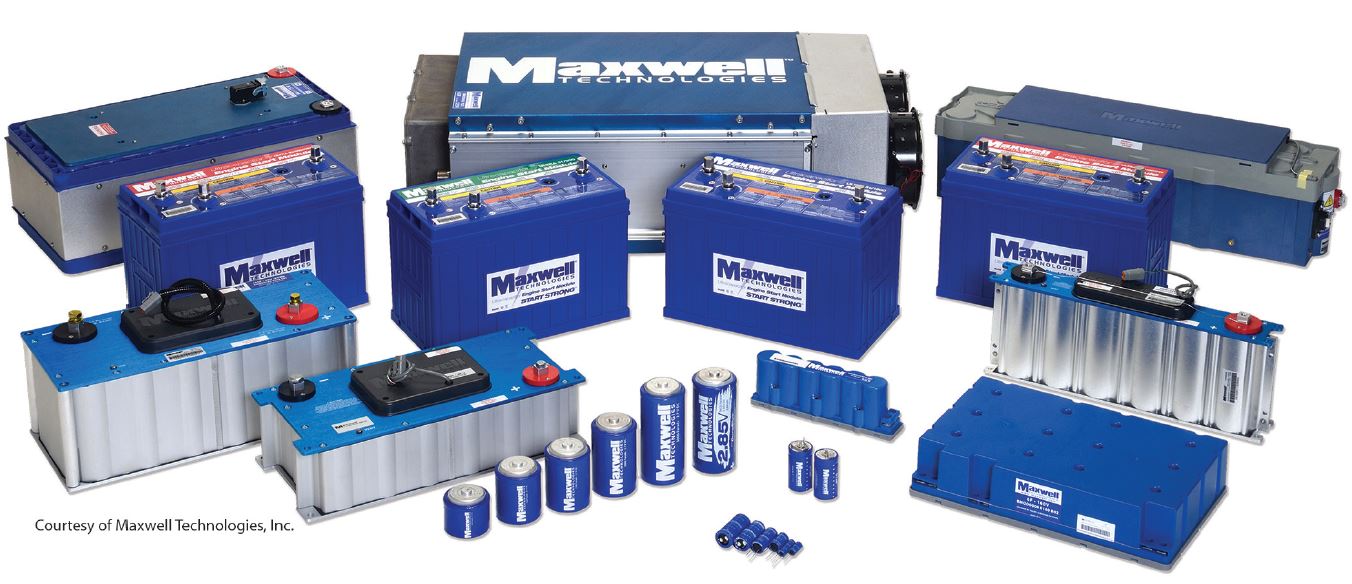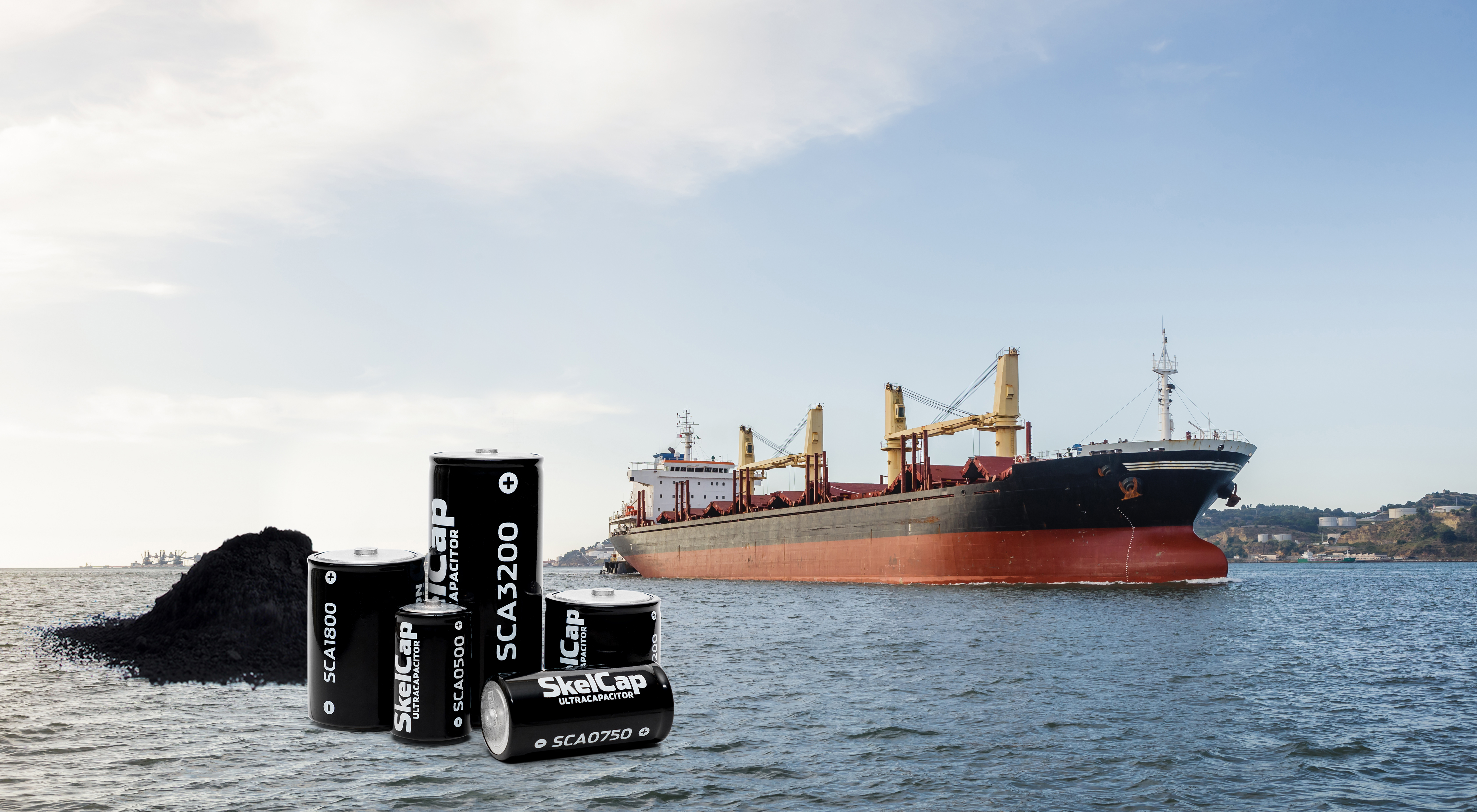By Alix Paultre, contributing editor
The issue of energy storage was hardly an issue at all, outside of military and aerospace applications, until relatively recently. Beyond some large portable-cassette-radio systems, most portable consumer devices didn’t have energy budget anxiety. This issue changed the moment that portable devices were able to provide wireless services.
Once upon a time, portable devices presented a set of need-based “pull” functions like static music replay or TV and/or radio reception. Now with always-on “push”-oriented functionality like voice and text communication, further exacerbated by the cloud and its bidirectional data bandwidth requirement, you have a situation in which no battery is large enough.
To a user, frankly, any device recharging or power maintenance activity like swapping batteries is too much. This battery and energy storage issue is made even greater by the new application spaces of robotics and electric vehicles, among others. Every remote, portable, and independently operated piece of electronic equipment needs energy storage of some kind unless it is efficient enough to operate from harvested energy at all times.
This insatiable need for energy storage is a powerful and constant pressure on the engineer. When designing a system today, power and its storage and management must be one of the first considerations, even when not using batteries. But once you have created the best and most efficient power electronics, where do you keep all the Coulombs?
Capacitors and their bigger brothers
Capacitors come in a variety of topologies and materials to address different needs in a variety of applications on the circuit board. When it comes to energy storage, there are a lot of solutions out there. One example of a general power device at the board level is Kemet’s C4AQ series for industrial, automotive, and power supplies. These capacitors have a polypropylene metallized-film construction and offer values ranging from 1.0 µF to 130 µF at voltages from 500 VDC to 1,500 VDC (Fig. 1 ).

Fig. 1: KEMET’s C4AQ series capacitor for industrial, automotive, and power supplies. (Image: Kemet)
Going up the scale, there is a family of related devices whose performance is so superior that they are called supercapacitors or ultracapacitors. Supercapacitors have such high energy-handling capacity that they can actively compete with batteries as energy storage in applications in which cost is not a significant issue. They can also be used to buffer the input and output of a standard battery to improve performance.
Application spaces for supercapacitors continue to expand as prices go down and the number of packages available increase. It is already easy to get specialized supercapacitor packs for just about any system (Fig. 2 ). From board-level power to large vehicular power banks, there are supercapacitors out there to address just about any need.

Fig. 2: There is a supercapacitor module for just about any application. Applications for Maxwell’s ultracaps range from handheld devices, solid-state drives, and backup systems to grid energy storage systems and utility infrastructure. (Image: Maxwell Technologies)
Green energy
The expansion of green generation from intermittent solar and wind resources provides another significant energy storage requirement, and supercapacitor banks promise to provide robust, reliable, and fast energy storage going forward, at least in facilities and small microgrids. Supercapacitors address the real need for next-generation energy storage resources to respond faster, cycle more frequently, and support grid stability and resiliency.
And there are supercapacitor modules available at both ends of the scale. Made up of series-connected cylindrical double-layer supercaps, AVX’s SCM Series supercapacitor modules (Fig. 3 ) exhibit optimal pulse power handling characteristics, with capacitance values up to 7.5 F with ±20% tolerance, an equivalent series resistance (ESR) of up to 300 mΩ at 1,000 KHz, a high energy density of up to 5.6 Wh/kg, and a lifetime performance of over 50,000+ cycles.

Fig. 3: AVX’s SCM Series supercapacitor modules. (Image: AVX)
Small supercap modules like these can provide reliable holdup, energy harvesting, and pulse power for small- and medium-sized electronics, used alone or in conjunction with primary or secondary batteries, to provide an extended backup time, a longer battery life, and instantaneous pulse power.
Automotive
One of the biggest application spaces for batteries is automotive systems. The better the battery, the farther the car can go and the more it will sell in the marketplace. Range anxiety is a very real issue, although the next generation of cars coming to the market are already beginning to boast decent distance capability. Better (not necessarily bigger) batteries move the industry forward (pun intended).
Cadenza Innovation, for example, has created batteries in the form of supercells using a novel construction method. Co-founder Christina Lampe Önnerud said that they have taken known techniques and put them together to create something that becomes much more effective than other options. The cell design resembles an egg carton, made of ceramic fiber mixed with a fire-resistant material and surrounded by a thin aluminum casing.
Fig. 4 shows a test battery system that the company made with Fiat for its 500 model. In the solution, the anodes of each energy roll are connected to a copper conductor. Not only does the conductor transmit energy, it also wicks heat out and helps maintain even temperature regulation throughout the battery. Each “egg carton” serves as a building block that connects with others, creating a module potentially more compact than existing solutions.

Fig. 4: Fiat tested Cadenza Innovation’s battery in a Fiat 500. (Image: Cadenza Innovation)
Maritime
Land vehicles and the power grid are not the only places where advanced energy storage is required; commercial shipping is an area that sorely needs improvements in power systems. Running mainly on low-quality bunker oil, any power-efficiency improvements go a long way on a big ship. The problem is exacerbated by the harsh environment, both inside and out, in a large vessel. Vibration, heat, and humidity levels ranging from damp air to flowing water make power solutions a challenge.
Recently, Skeleton Technologies and MJR Power and Automation Ltd. introduced water-cooled 170-V ultracapacitor module technology intended for the X-Wave Active Heave Compensation (AHC) systems. AHC is used to reduce the influence of ocean waves on offshore operations and differs from passive solutions by having an active control system that compensates for movement.

Fig. 5: Skeleton Technologies and MJR Power and Automation Ltd. introduced a water-cooled 170-V ultracapacitor module technology for the X-Wave Active Heave Compensation (AHC) systems. (Image: Skeleton Technologies)
AHC keeps a handled load on a moving vessel motionless with regards to the seabed or another vessel. Because the performance of an AHC system is limited by available power, motor speed, and torque, any power system advances will significantly improve the operation of the system and its burden on the ship’s power. The fast response times and lack of charging issues compared to the various battery chemistries make ultracapacitor systems like this very appealing to not only ship-based applications but also any application in which power storage is an important design consideration.
In this application, the 170-V ultracapacitor module recovers energy during “heave up” and releases it during the “heave down,” reducing overall system power demand by up to 75%. Unlike batteries, ultracapacitors have up to 15 years of lifetime and need no maintenance. In case of emergencies, the locally stored energy can enable a controlled stop under load, reducing potential mechanical damage to the systems involved.
Because of its robustness and maintenance ease, ultracapacitors are very well-suited for marine and offshore applications in which high availability and safety are critical. In addition, Skeleton’s ultracapacitors, along with MJR’s power conversion systems, can provide vessels and rigs with transient support by strengthening the network and improving voltage and frequency response, preventing or minimizing blackout impacts.
Moving forward
Energy storage is an already significant market area that shows no indication of slowing down in growth or scope. At every level, better energy storage solutions have empowered engineers and their products. Just don’t forget to make sure that your power electronics are up to the task as well.
Advertisement
Learn more about Electronic Products Magazine





